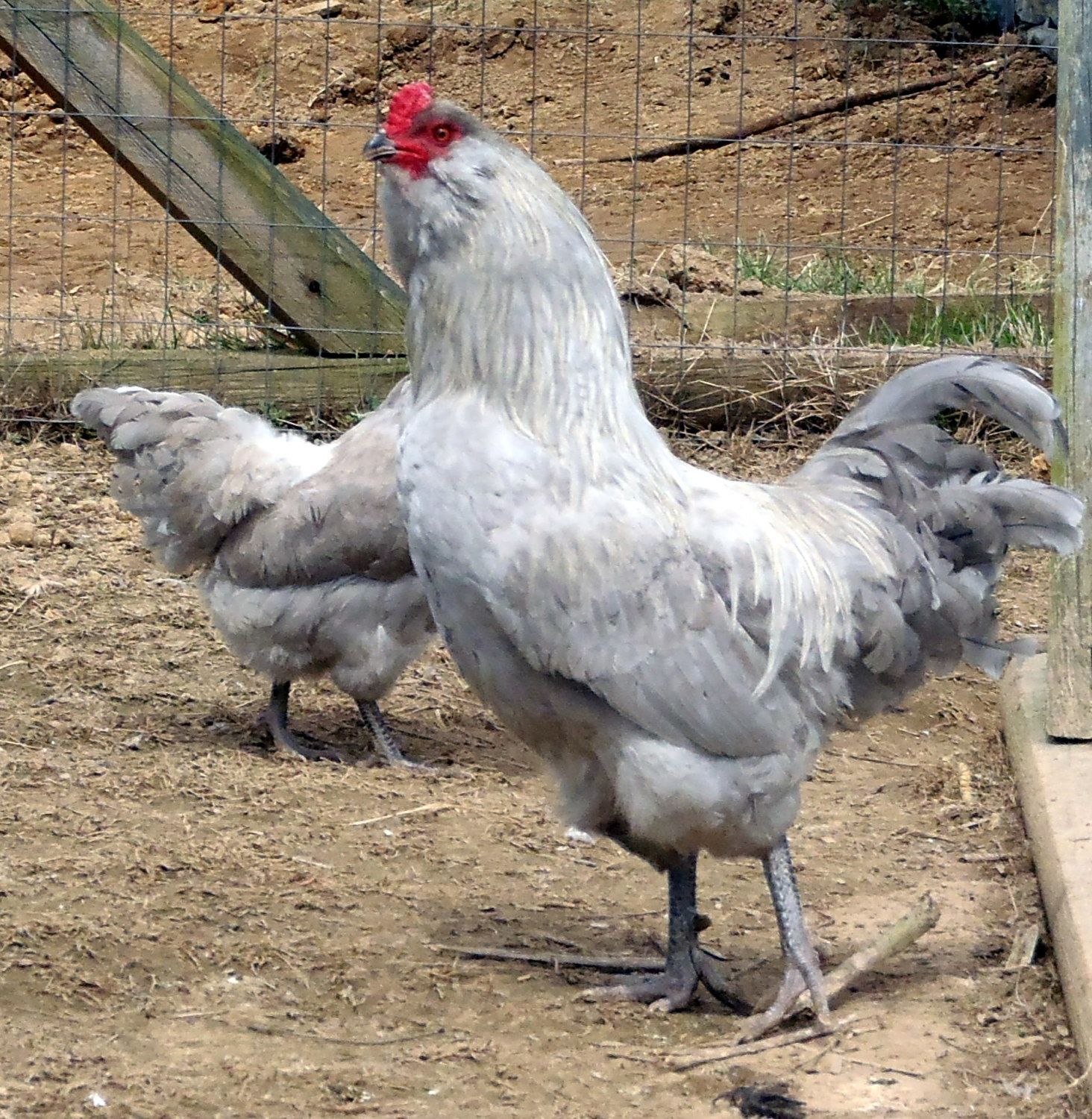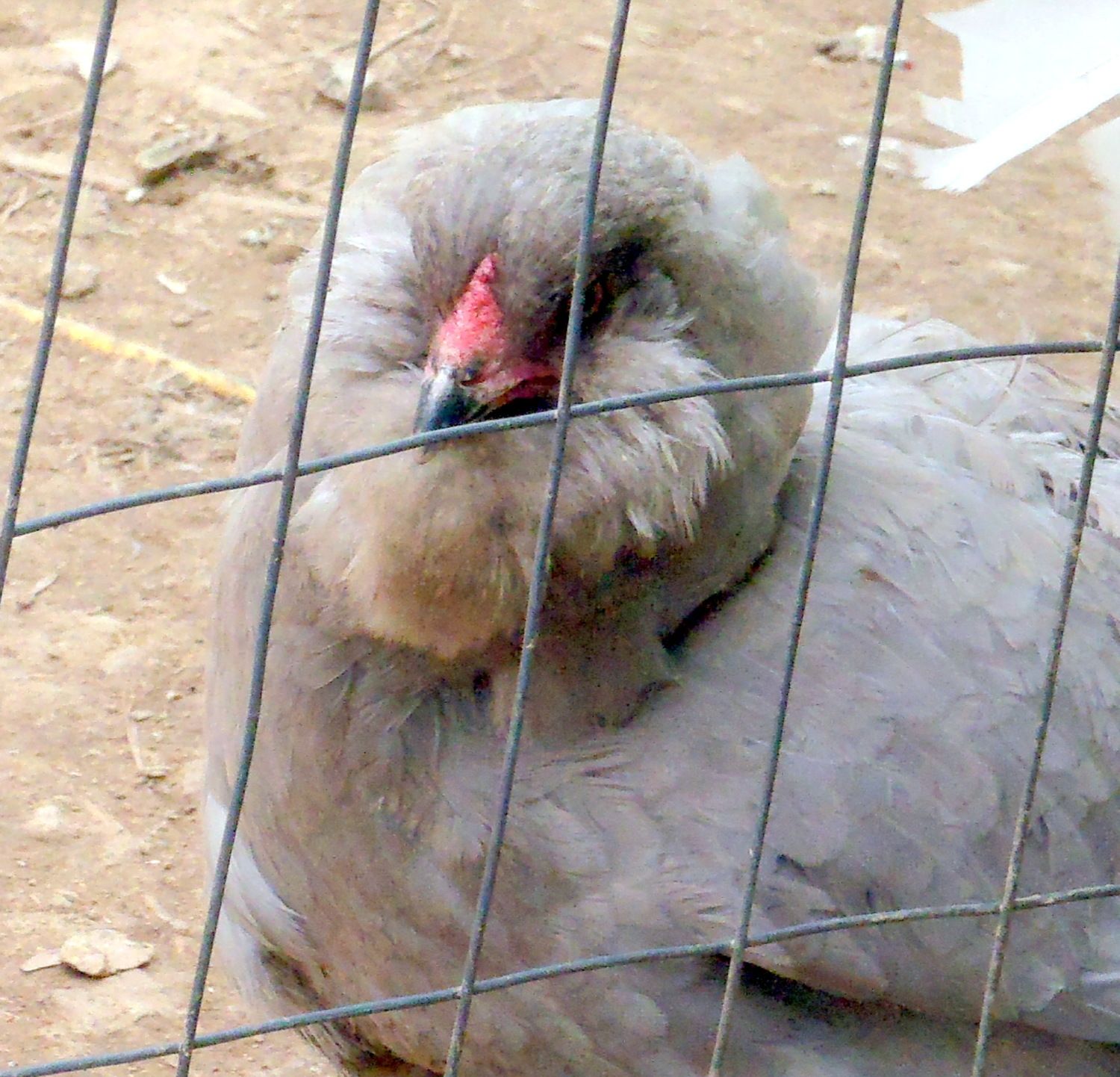I am new to breeding Lavender Ameraucanas, well breeding in general, but I want to breed the BEST I can. I read everything I can find about the breeds I have, but it seems I run into NEW things with Lavenders I have never had to deal with. There is a HUGE learning curve with Lavenders. I want to try to help that learning curve by having one place to compile information on breeding Lavenders. I am not looking to create any controversy. I want opinions of what one could do for some of these issues that are Lavender Specific. Not just one opinion, all opinions are welcome, because what works for one person may not work for others. As we share this knowledge we have accumulated, I will create a page (I know how hard it can be to wade through a thread to find what you are looking for), kind of a one stop education for Lavender Amerauacana Breeders. I don't want to edit the information really, just compile information as we gather it here. Any contributions are welcome. Pictures are welcome too. I want to be able to post pictures for HELP. This is not a thread for posting your perfect birds (they are welcome too). Post pictures of issues you are having or have had and maybe we can help each other. You are not the only one having issues. PLEASE be polite, we do not want to attach anyone, we want to help, but sometimes it may not be the answer you are looking for
 I know it is hard to get quality lavenders, or lavenders in general and you want to hold on to them, but sometimes it is not in the best interest of this project color to keep all your lavender chicks.
I know it is hard to get quality lavenders, or lavenders in general and you want to hold on to them, but sometimes it is not in the best interest of this project color to keep all your lavender chicks.
This is a BEAUTIFUL Color and if we work together maybe one day soon we can get them ACCEPTED. THAT IS NOT GOING TO HAPPEN IF WE DON'T WORK TOGETHER and SHOW THESE WONDERFUL BIRDS!
NOW let the sharing of KNOWLEDGE BEGIN!!!!!!


This is a BEAUTIFUL Color and if we work together maybe one day soon we can get them ACCEPTED. THAT IS NOT GOING TO HAPPEN IF WE DON'T WORK TOGETHER and SHOW THESE WONDERFUL BIRDS!
NOW let the sharing of KNOWLEDGE BEGIN!!!!!!






